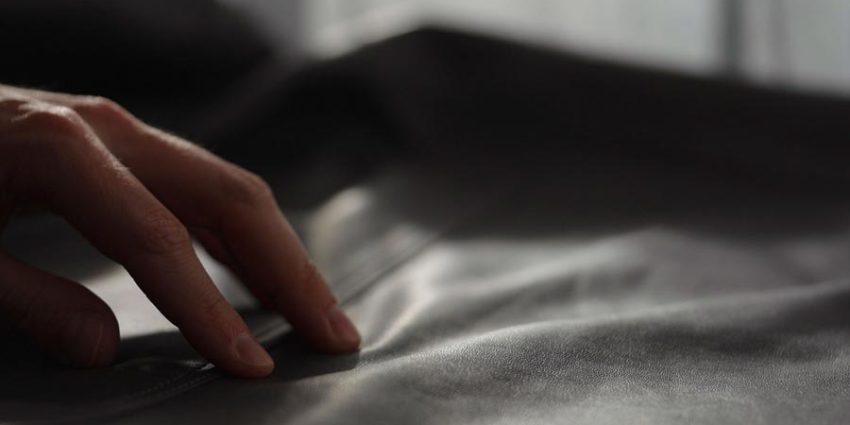Selecting the perfect leather for your upholstery project isn’t just a matter of taste—it’s an art that combines aesthetics with practicality. With a myriad of leather types at your fingertips, understanding their distinct characteristics can dramatically impact the durability and beauty of your finished pieces. Let’s embark on a detailed journey through the world of leather, guided by C.S. Osborne’s expertise in craftsmanship, to ensure your next upholstery project is as enduring as it is exquisite.
Understanding Leather Grades
Leather isn’t just leather. From the plush feel of full-grain to the affordability of bonded varieties, each grade of leather serves different needs and budgets.
- Full-Grain: The gold standard of leather upholstery, full-grain retains the most natural textures and markings because it involves minimal processing. Ideal for pieces that celebrate natural beauty and durability.
- Top-Grain: A close second, top-grain leather is slightly refined to remove imperfections, making it more uniform in appearance but still highly durable. It’s perfect for high-end furniture that requires both comfort and style.
- Genuine Leather: More processed and affordable, genuine leather is made from leftover materials. It’s versatile but not as durable as higher grades.
- Bonded Leather: Constructed from leather scraps bonded with polyurethane, this is the most cost-effective but least durable option. Suitable for projects on a tight budget where longevity is less of a concern.
Understanding these grades helps in choosing leather that not only fits your project’s aesthetic but also its intended longevity and use.
Types of Leather Finishes
The finish of leather affects not only its durability but also its maintenance needs.
- Aniline: The most natural-looking finish, aniline leather is dyed without creating a topcoat barrier. This leaves the leather soft and susceptible to stains, ideal for low-traffic areas where aesthetics are prioritized.
- Semi-Aniline: Offering the best of both worlds, semi-aniline leather is lightly coated with a protective topcoat that provides better stain resistance while retaining the leather’s natural feel.
- Pigmented: Highly durable and the best choice for furniture subjected to heavy use, pigmented leather has a surface treatment that includes a pigment layer, offering enhanced resistance to wear and fading.
Each finish offers different benefits, so consider where and how the furniture will be used before making a decision.
Assessing Leather Texture and Flexibility
The texture of leather can range from buttery soft to robustly rigid. Soft, pliable leathers are usually more comfortable and adapt well to intricate shapes, making them ideal for decorative pieces that require a bit of stretch. Conversely, stiffer leathers work well for high-traffic pieces due to their robust nature.
Color and Aesthetic Considerations
Choosing the right color is key to ensuring your furniture complements its environment. Consider neutral tones for versatility or bold colors to make a statement. It’s also wise to use color swatches in the planning stage to see how different hues interact with other interior elements under various lighting conditions.
Practical Considerations and Durability
When selecting leather, think about:
- Wear and Tear: Will the furniture be placed in a high-traffic area? Opt for a more durable leather like pigmented finishes.
- Maintenance: If easy clean-up is a priority, consider semi-aniline or pigmented leathers which offer better stain resistance.
- Environment: Exposure to sunlight and moisture can deteriorate leather over time. Ensure the leather’s treatment can handle the conditions it will face.
Also, factor in whether pets and children will use the furniture. In such cases, a more durable and easy-to-clean leather may be the best choice.
Where to Source Quality Leather
Finding reputable suppliers is crucial. Look for vendors who offer ethically sourced leather to ensure both quality and sustainability. These suppliers often provide richer, more durable leathers that align with both your aesthetic and functional needs. Remember, the right tools, like those from C.S. Osborne, are designed to work seamlessly with high-quality leather, enhancing both the crafting experience and the final product.
Conclusion
Choosing the right type of leather is crucial for ensuring your upholstery project is as beautiful as it is durable. Consider all factors—from the type of leather to its finish and color—to ensure your furniture not only looks great but also stands the test of time.
Ready to Get Hands-On?
We encourage you to visit local suppliers or trade shows to feel the different types of leather yourself. For more guidance, download our checklist for choosing upholstery leather, and if you have any questions or stories to share about your upholstery adventures, join the conversation in the comments below. Your perfect project starts with the right materials, and with C.S. Osborne’s tools and your newfound knowledge, you’re well on your way to creating something truly special.

